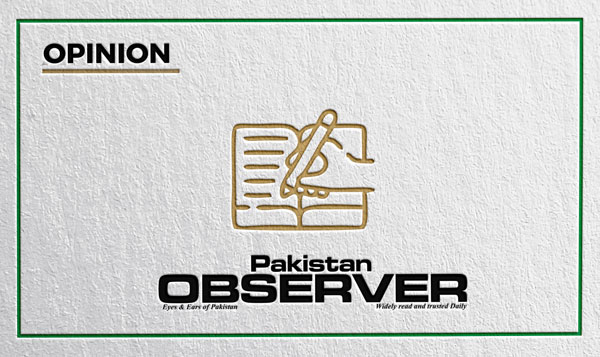Articles and letters may be edited for the purposes of clarity and space. They are published in good faith with a view to enlightening all the stakeholders. However, the contents of these writings may not necessarily match the views of the newspaper.
Exploitation of debtors
The heartbreaking suicide case in Rawalpindi, allegedly due to threats from loan apps for failing to repay debt, manifests the predatory nature of loan apps and the devastating consequences they can have on vulnerable individuals.
The tragic story underscores the urgent need for stricter regulation and oversight of these digital lending platforms as well as a comprehensive examination of the socioeconomic factors that drive individuals to seek such loans in the first place. It is alarming to witness how quickly the said modest loan spiralled out of control, accumulating an exorbitant interest rate and leading to an overwhelming debt burden of Rs800,000.
Lending apps are known to shamelessly exploit desperate financial situations preying on the vulnerability of their victims; leaving them trapped in a never-ending cycle of debt. This is a story as old as time. The apps, which have replaced money-sniffing mafia, are aware that individuals, who are unemployed and struggling to make ends meet, are very easy targets for their unscrupulous practices. What is even more distressing is the callous behaviour of the loan app officials who incessantly harass victims, resorting to threats and intimidation.
The psychological toll of this relentless pressure cannot be underestimated as it undoubtedly contributes to despair. The loan apps, driven solely by profit, showed a complete lack of empathy and disregard for the well-being of their borrowers. This tragedy also exposes the lack of regulatory oversight in the lending app industry. The absence of proper check and balance has allowed these apps to operate with impunity, taking advantage of the financial vulnerability of individuals in dire straits.
The situation demands urgent attention and prompt measures on the regulation of loan apps and the protection of consumers. However, addressing the root causes of why individuals turn to loan apps is equally crucial. The high demand for these digital loans stems from the larger socio-economic challenges faced by many in our society. Unemployment, inadequate social safety nets, increasing unnecessary expenses and limited access to formal banking systems push individuals toward alternative sources of financing, making them vulnerable to predatory lenders.
QAZI JAMSHED SIDDIQUI
Lahore
Ban fake
loan apps
Several loan apps claim to offer easy loans at low-interest rates but the reality is contrary. As per sources, a 47-year-old man recently committed suicide due to a scam loan app. Because he had taken a loan of 13 thousand rupees from the app, which could not be paid on time and the interest went up to lakhs of rupees.
Further, his wife stated that app management threatened and blackmailed him due to which he committed suicide. Like him, plenty of people are affected by such apps.
The relevant authorities ought to ban such apps and instant measures should be carried against them in order to save people’s lives.
AURANGZEB NADIR
Turbat Balochistan
Electricity shortfall
Turbat is considered as the second largest city in Balochistan based on population after Quetta. It has become a hub for business due to the Iran and Pakistan border fuel trade system. Similarly, the neighbouring country Iran is providing around 200v electricity to the entire Makran including Turbat.
But sadly, for the last few months the city faces an electricity breakdown every month, and the QESCO authorities usually put the blame on Iran for decreasing the rate of electricity.
While there has never been any such official announcement by Iran about this which shows that the QESCO authorities deliberately do this.
This is at the cost of peoples’ lives as the temperature of Turbat in summer is around 50 which becomes unbearable without light as it puts the people in miserable conditions. The higher authorities should take action for this serious issue.
SALMA BALOCH
Turbat
Dirty water in the area
Gastroenteritis viral bacteria which cause diarrhea outbreaks reported in Karachi’s Malir area. It is caused by the dirty water taken by the public in that area. Over 300 cases have been reported and one died last June. In Sheedi Goth, polluted water is the reason for this bacterial infection according to the local health officials and usually such cases increase during summer season. Traces of vibrio cholera and E.coli have been reported in the water samples.
Pakistan has made progress in improving places free from dirt infections and other sanitation conditions but there’s still a major question for clean water and proper sanitation services.
In a big city like Karachi there is not enough clean drinking water proportionate to its rising population. There should be a proper way to communicate to the people about the hygiene system, for example, washing hands and disposing dirt and sewage and to name a few others.
MARYAM MOHSIN
Via email









